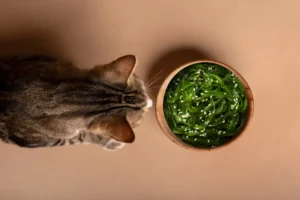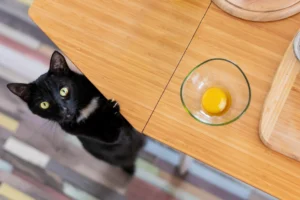Navigating the Enigmatic World of Cats
Cats are renowned for their mysterious behavior and subtle communication methods. As a responsible pet owner, deciphering these cues is crucial for fostering a harmonious relationship with your feline friend. In this guide, we’ll delve into the intricate realm of cat behavior, exploring key aspects of understanding cat communication.
1. Decoding Cat Body Language
Interpreting Tail Movements
Understanding your cat’s tail movements is essential for gauging their mood. A raised tail indicates a happy and confident cat, while a puffed-up tail signals fear or agitation. The position of the tail and the way it moves can convey a range of emotions, from excitement to anxiety. Take note of these subtleties to better understand your cat’s state of mind.
Ear Expressions and Facial Gestures
Cats use their ears and facial expressions to communicate. Forward-facing ears signify interest, while flattened ears suggest fear or aggression. Similarly, facial expressions, such as dilated pupils or slow blinking, can provide insights into their emotional state. By paying attention to these visual cues, you’ll gain a deeper understanding of your cat’s feelings.
2. Unraveling the Mystery of Meows
The Varieties of Meows
Cats employ meows as a versatile form of communication, and each meow may carry a distinct meaning. The short, high-pitched meow may be a greeting, while a longer, more intense meow could indicate a desire for attention or food. Exploring the variety of meows will enhance your ability to respond appropriately to your cat’s needs.
Non-Vocal Communication
In addition to meows, cats communicate through non-vocal means. They may use their bodies to express emotions, such as rubbing against you to mark you as part of their territory or kneading to show contentment. Understanding these non-vocal cues complements your comprehension of their meows, creating a more holistic view of their communication methods.
3. The Purr: A Symphony of Comfort
The Healing Power of Purring
Purring is a complex and multifaceted aspect of feline communication. While commonly associated with contentment, cats may purr for various reasons, including self-soothing, healing, and even signaling distress. Delve into the different contexts in which your cat expresses this comforting sound, and you’ll gain a deeper appreciation for the nuanced language of purring.
Vocal vs. Silent Purring
Some cats purr loudly, while others do so more subtly. Understanding the variations in purring intensity and whether your cat purrs silently or with audible vibrations can provide additional insights into their emotional state. Silent purring is often associated with stress or illness, highlighting the importance of paying attention to the subtleties of this behavior.
4. Cat Behavior: An Insight into their Emotional Landscape
Recognizing Signs of Stress
Cats are sensitive creatures, and recognizing signs of stress is crucial for maintaining their well-being. Unusual behaviors, changes in appetite, or excessive grooming can all be indicators of stress. Learn to identify these signs and create a calming environment for your cat.
The Importance of Play and Exploration
Engaging your cat in play and providing opportunities for exploration is essential for their mental and physical well-being. Cats have a natural instinct to hunt and explore, and incorporating interactive toys and environmental enrichment can contribute to a happier, more fulfilled feline companion. Understanding the significance of play in their behavior allows you to cater to their innate needs.
Content: The Key to Understanding Cat Behavior
To truly understand cat behavior, it’s essential to spend quality time observing and interacting with your feline companion. While this guide provides a comprehensive overview, each cat is unique, and paying attention to their individual cues will deepen your understanding.
Strengthening the Feline-Human Connection
In conclusion, decoding cat behavior is a rewarding journey that enhances the bond between you and your cat. By interpreting their body language, meows, purrs, and overall behavior, you’ll create a nurturing environment that promotes their physical and emotional well-being.











